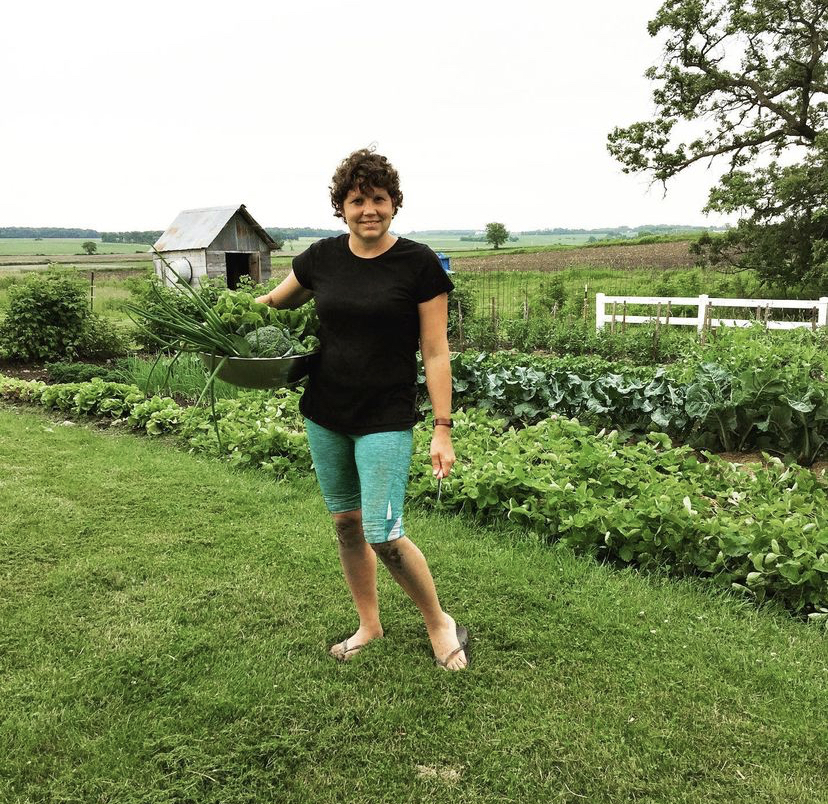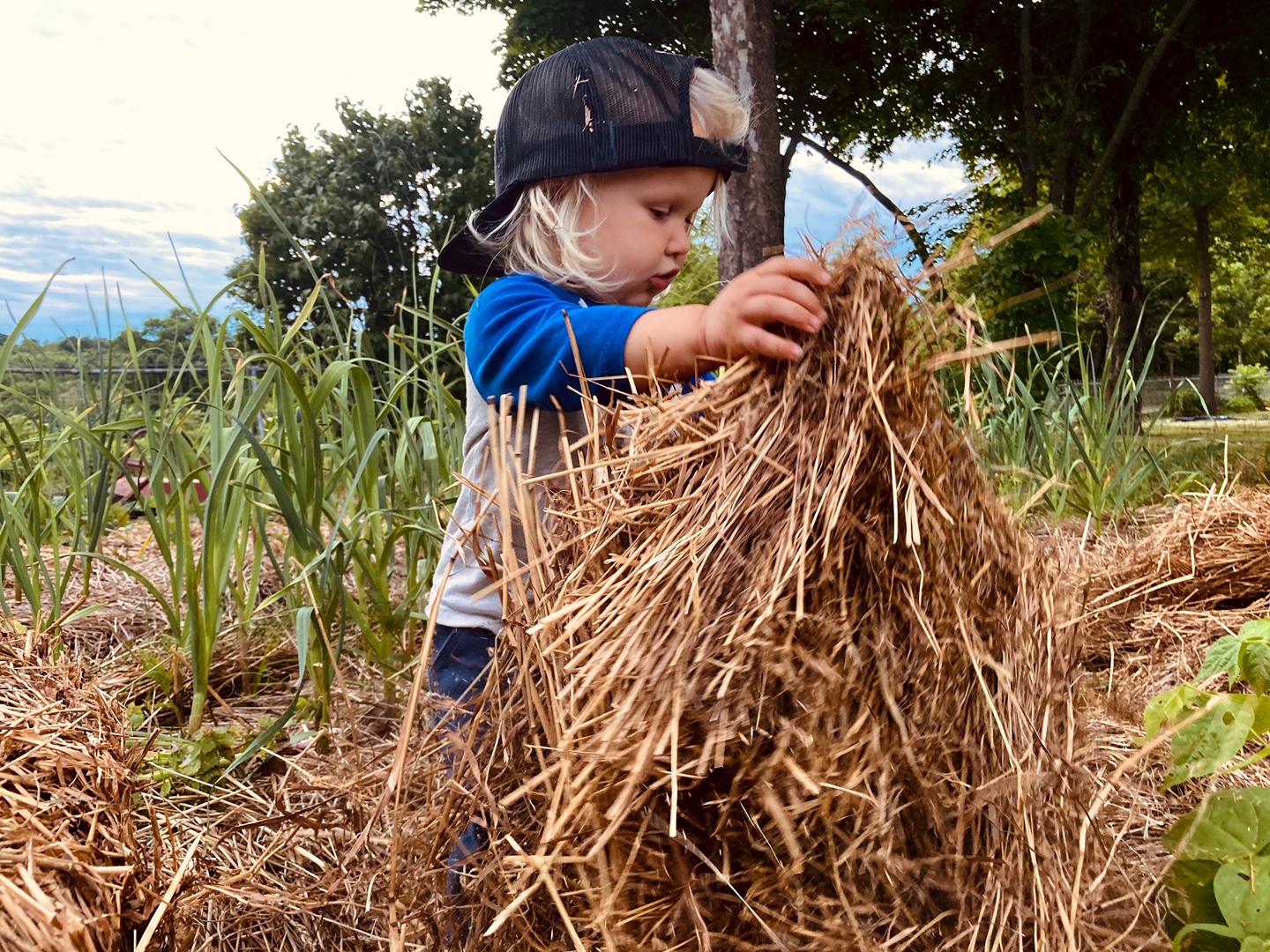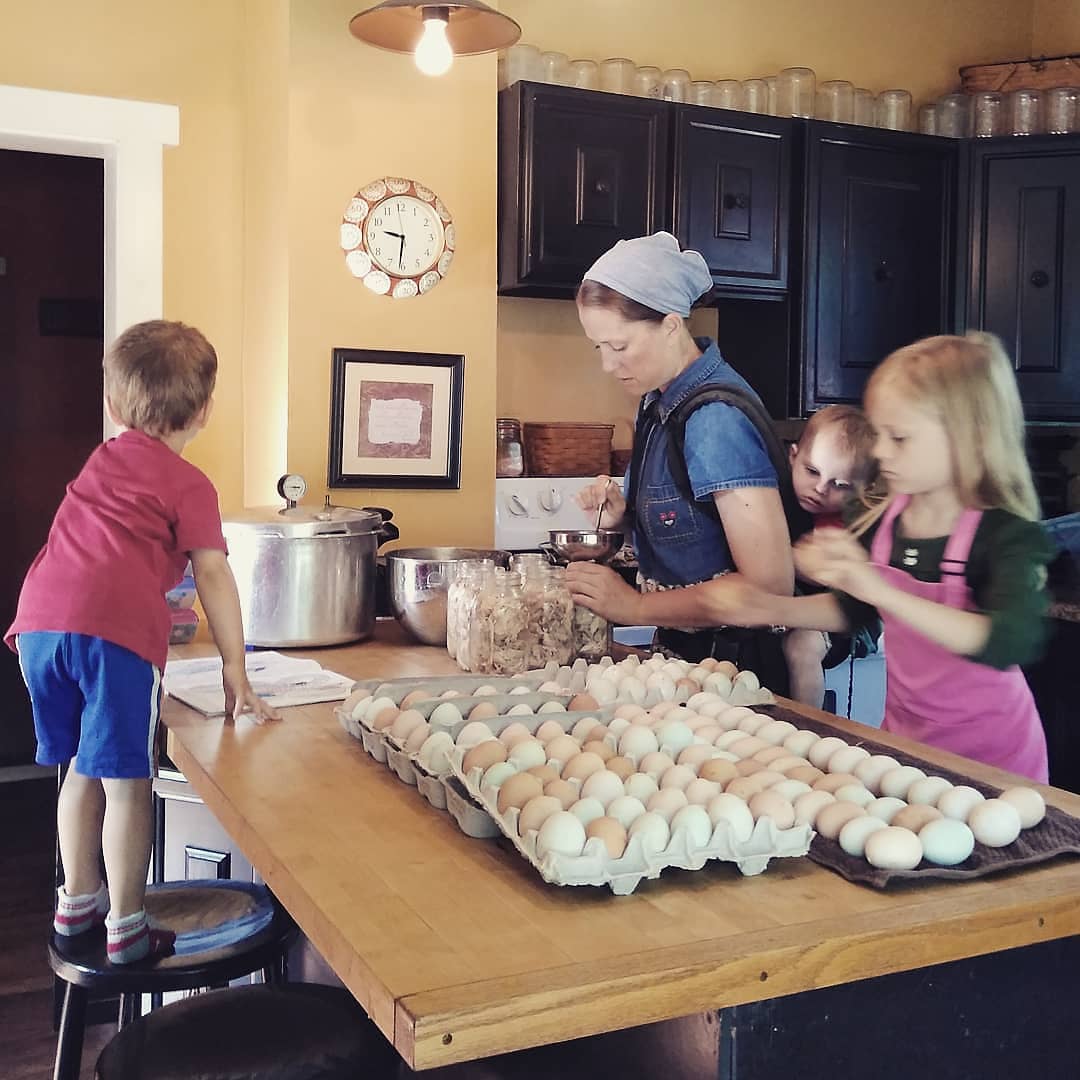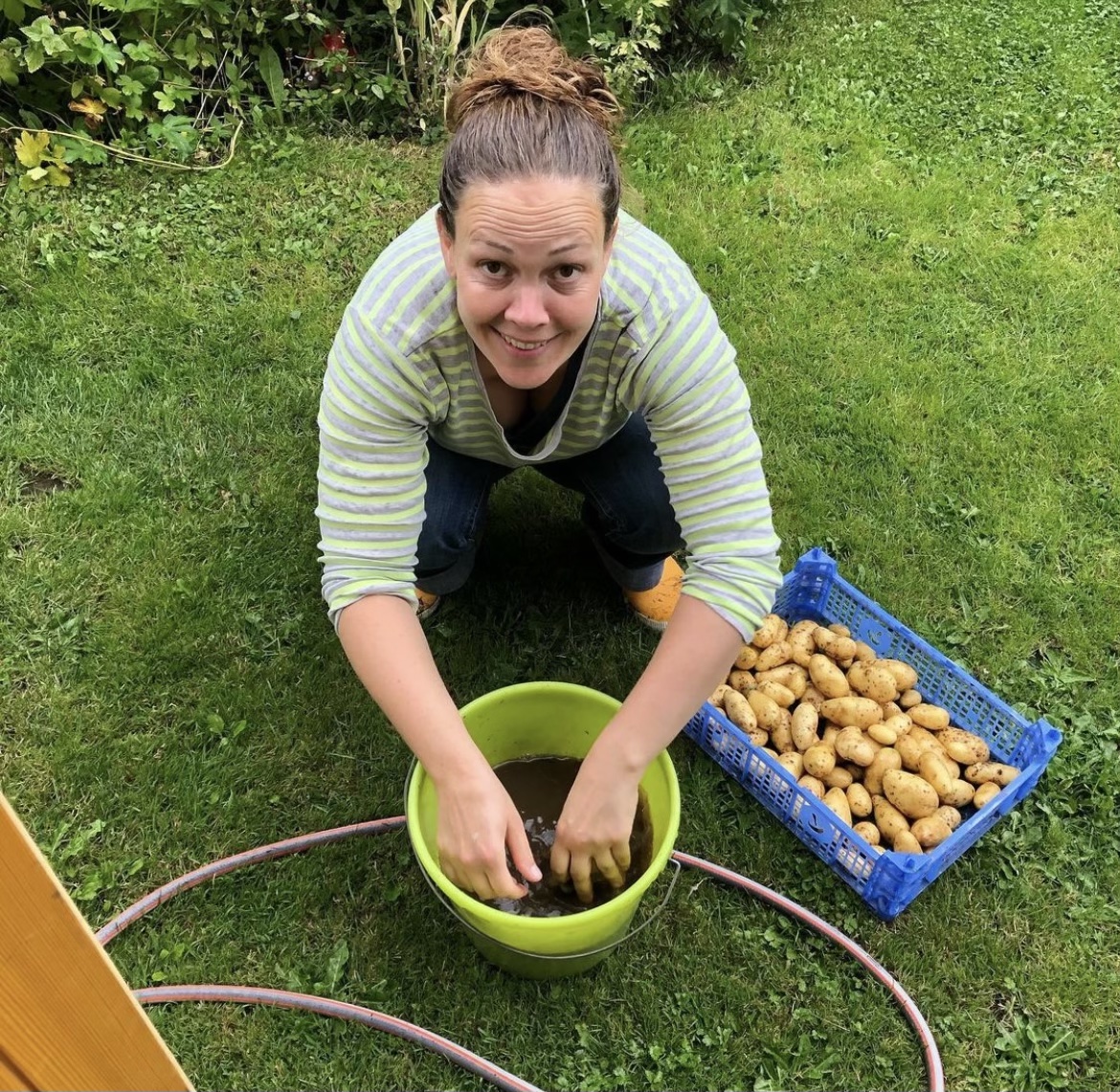
Dealing with Expectations
Dear mamas.
This is Sarah from @sarah.akti
I do not live in a perfect house.
I do not have perfect kids.
I do not have a perfect garden.
I am not a perfect mum.
I am not a perfect homesteader…
Josie is a homesteader and new mama living in rural Pennsylvania with her husband on their diverse farm, Olde Soul Acres.
The farm encompasses many aspects: raising and farrowing heritage breed pigs, grassfed lamb, milking dairy sheep, a home orchard, vegetable garden, and pastured poultry. They also grow cut flowers for market and recently began hosting small on-farm events with their You-Pick Flower field. Josie has true love for the pure and authentic lifestyle that comes with homesteading and homemaking, and is passionate about food preservation and sustainability.
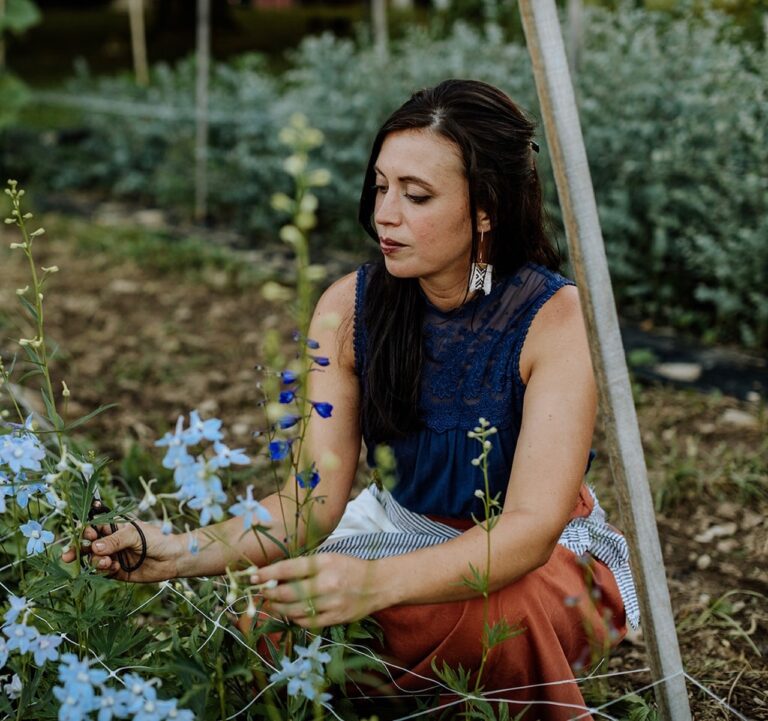
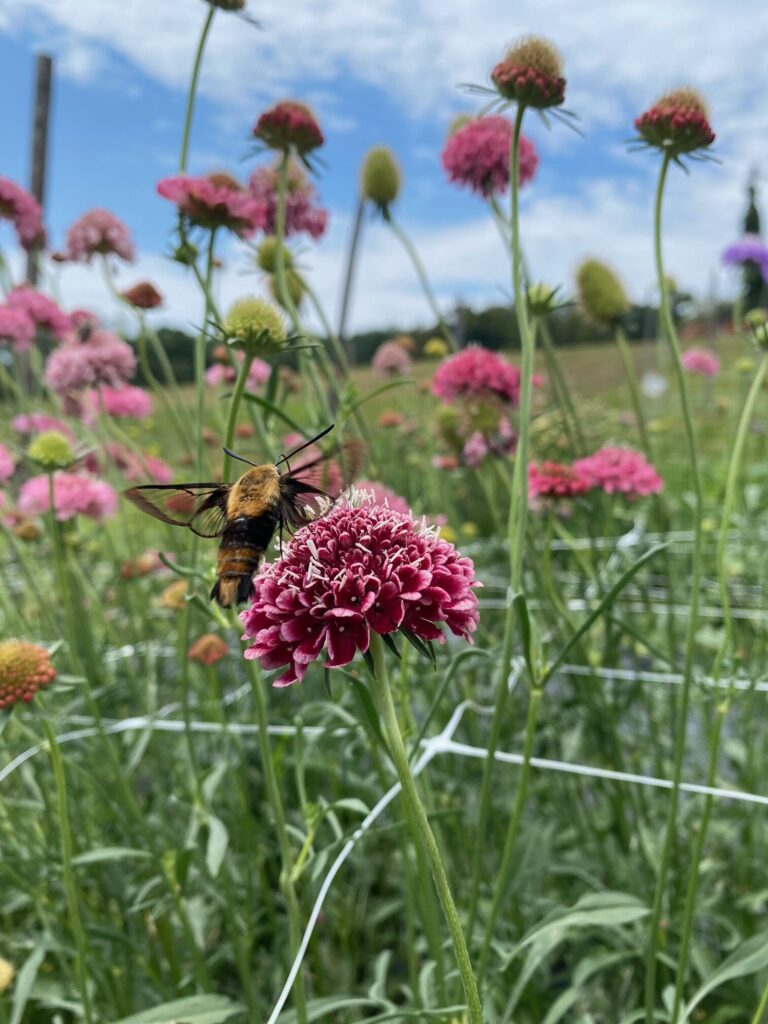
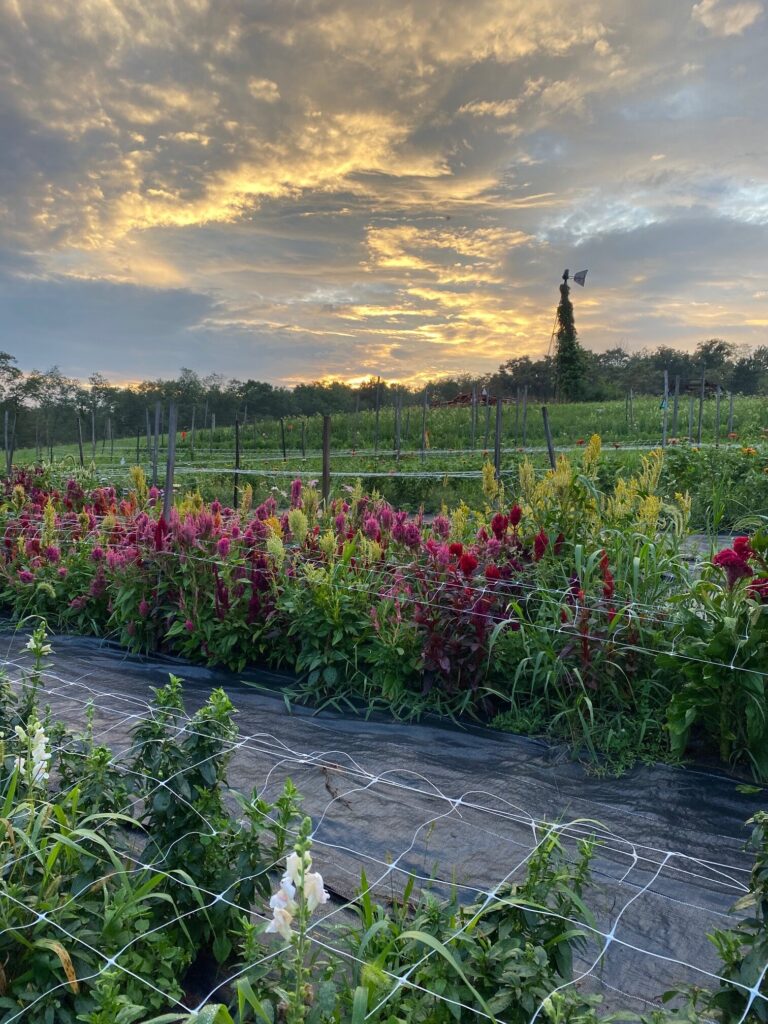
I don’t know a single person that can’t find some joy in flowers – whether it be their color, shape, or smell, a bouquet of fresh posies is sure to brighten anyone’s day. It’s no wonder that growing a cut flower garden has become increasingly popular among small farmers and homesteaders as a means of diversification. Maybe you have an old fifth generation farmstead with established peony, lilac, and hydrangea plants. Or, maybe you’ve just broken ground on your dream homestead and are starting completely fresh. The options and types of flower seeds and starters available seems almost limitless – and just when you thought picking a favorite tomato variety was hard!
When looking at starting your own cut flower garden there are several priorities to consider first. What growing zone do you live in? What is your soil type? When are you hoping for peak blooms? And most importantly, how much time and energy are you willing to invest in said flower growing among all other farm related tasks already at hand? (I can tell you from experience, don’t underestimate that last one, your flower garden will need weeded, trimmed, trellised, and harvested just as much as those vegetables do!)
A quick search in the library or online can give you the answers to most of those questions above, and while you’re likely to find the most popular plant types for your region first I ask you to consider the unconventional flower types for your growing space. What does that mean?
When we first began flower farming it was out of intention for specific ‘fancy’ flowers for our wedding. After selling at market for a season, we adapted some of those varieties to increase production while lowering the labor investment as it was only me doing most of the gardening, farming, and working full-time. Our priorities changed again the next season when we transitioned to a You-Pick Flower operation on our farm, and suddenly realized what blooms demanded the most attention, which were easiest to control, and which just weren’t worth the time for our visitors. Those ‘fancy ‘ flowers, the ones that florists may dote on the most, likely won’t make sense for a home garden. You don’t need to stress over starting ranunculus, or tend tirelessly to rows of slow growing lisianthus if your end goal is for your own enjoyment. Don’t get me wrong, if you’re obsessed with those flowers then by all means go for it! But as homesteaders and small farmers I’ve come to realize that we can’t do it all, and especially if this is your first year growing flowers, you may not want to dive into all the tricky varieties at once. Take it slow and focus on mastering one kind at a time so you can truly understand and absorb what you’ve grown.
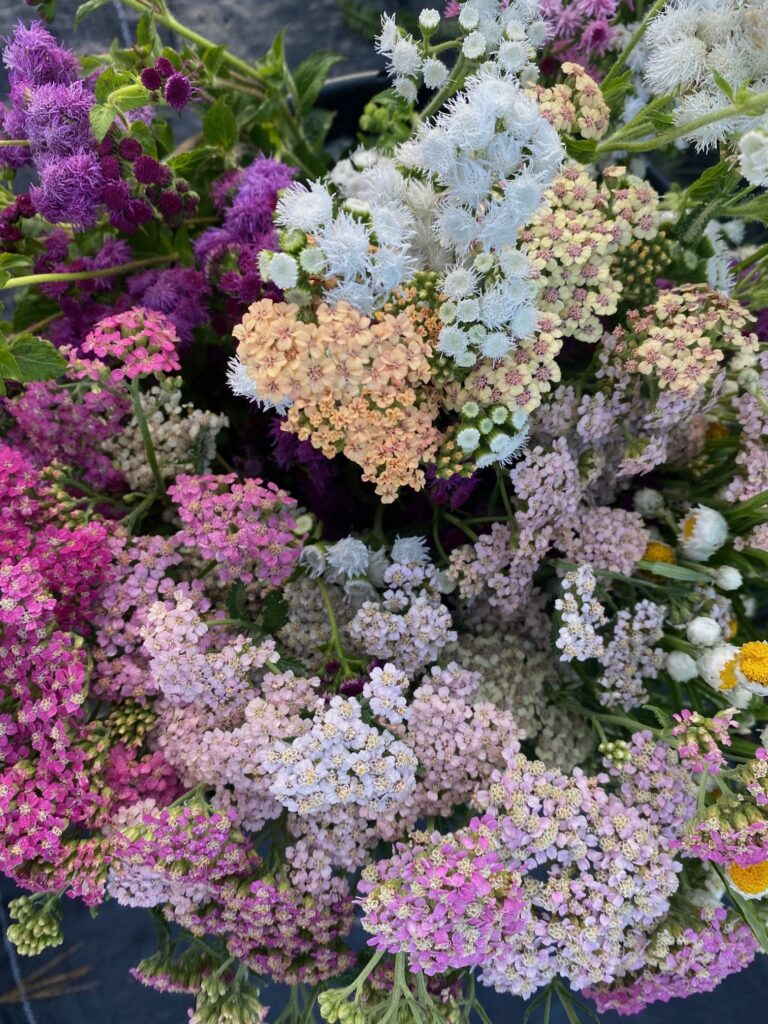
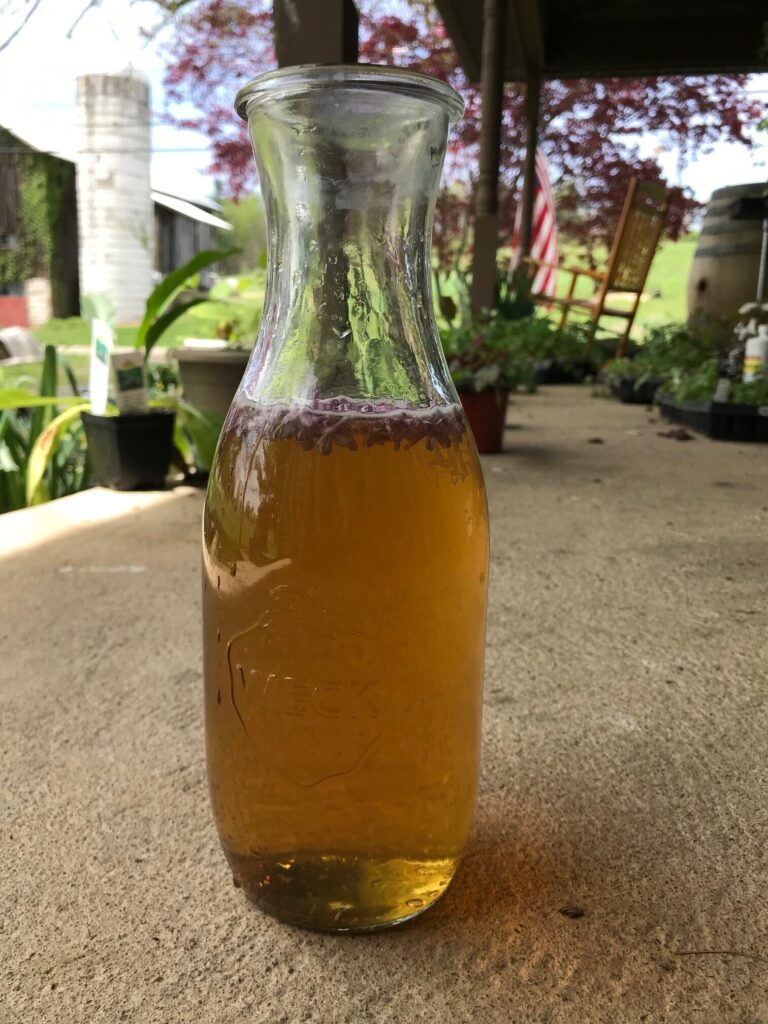
The unconventional flowers I’ve grown to love and appreciate are those that serve more than one purpose. On our farm we try to utilize every aspect of what we grow, whether it be plants or animals. Why should our flowers be any different? There are many different kinds of plants that produce beautiful blooms that may be edible, herbal, dye plants, or serve some apothecary purpose aside from just looking pretty. Some of my favorites for cut flower production or greenery for bouquets include the following:
Edible/Herbal Flowers
-Basil, Bachelor Buttons, Bee Balm, Borage, Calendula, Chammomile, Dill, Echinacea, Feverfew, Lavender, Lilac, Marigolds, Pansy, Snapdragons, Sunflower, Viola, Yarrow
Dye Plants
–Amaranth, Centaurea (Bachelor Buttons), Coreopsis, Cosmos, Indigo, Scabiosa, Marigold, Dahlia, Yarrow
In addition to being useful in the garden and kitchen or for dyeing, several of these are also native to North America, are perennials that will come back year after year, and all of them make for an excellent pollinator habitat for a thriving garden. When you’re considering growing flowers this year, remember the blooms that might not jump out from commercial flower bouquets. The ones you can use in more than one way long after their color and scent have faded. Whether it be for pretty summer bouquets in your kitchen to enjoy or as a means for additional income, plant the flowers – you won’t regret it!
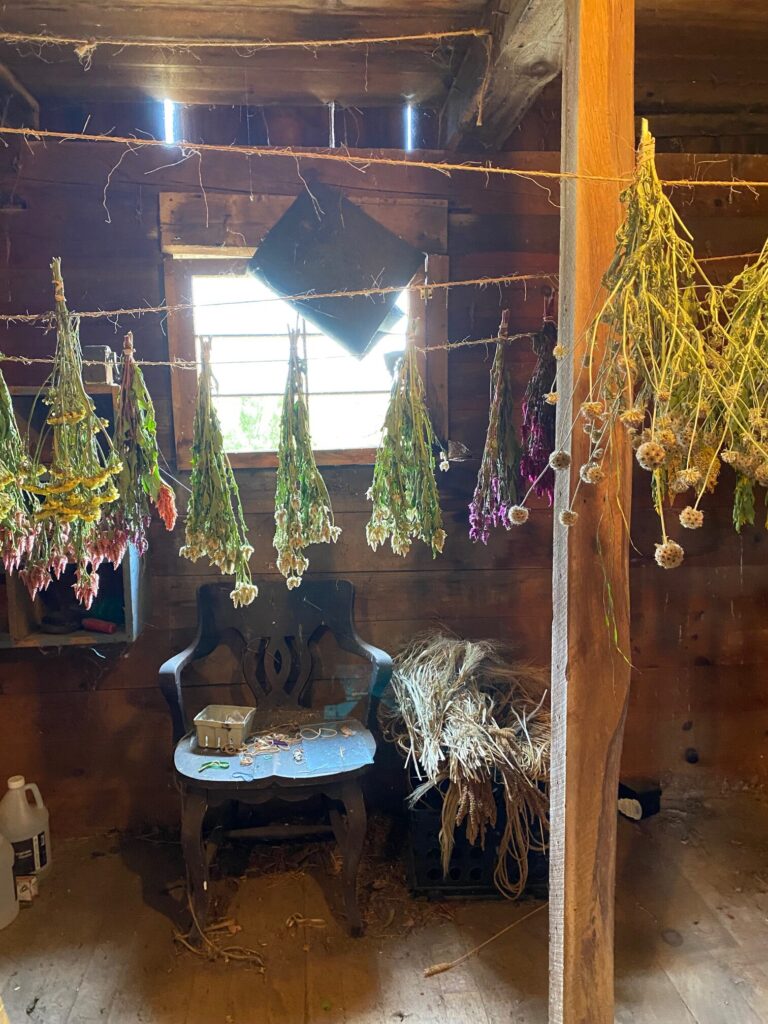
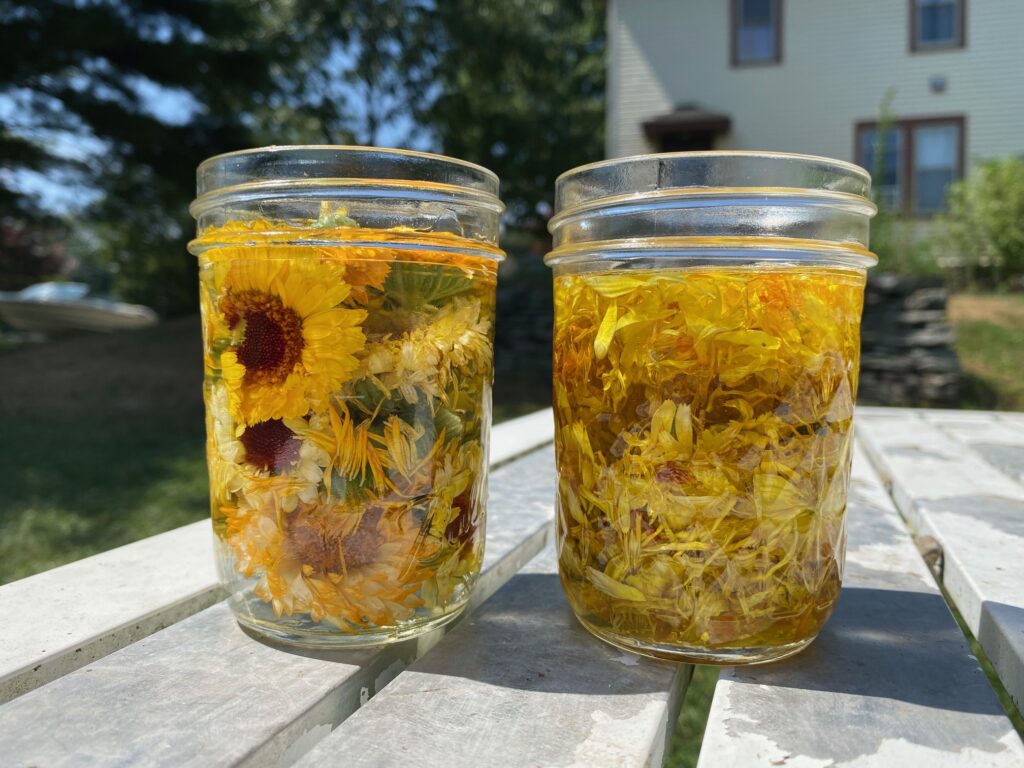
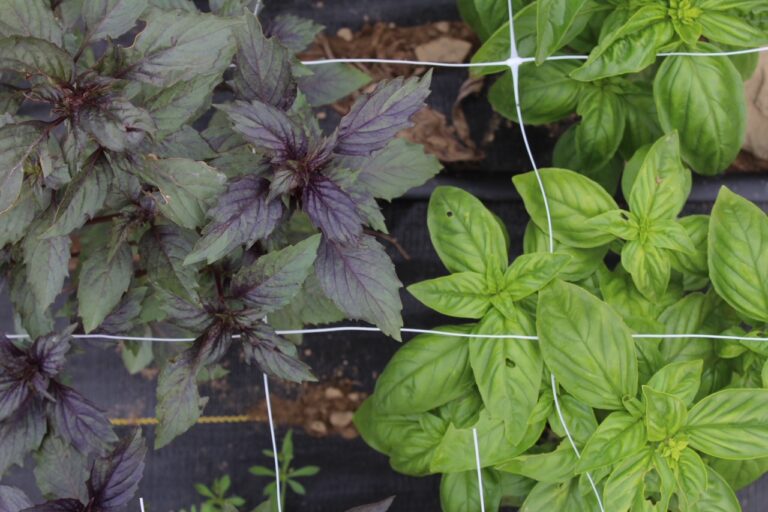
Please join us by sharing, continuing the conversation below, and connecting with Josie at the following:

Dear mamas.
This is Sarah from @sarah.akti
I do not live in a perfect house.
I do not have perfect kids.
I do not have a perfect garden.
I am not a perfect mum.
I am not a perfect homesteader…
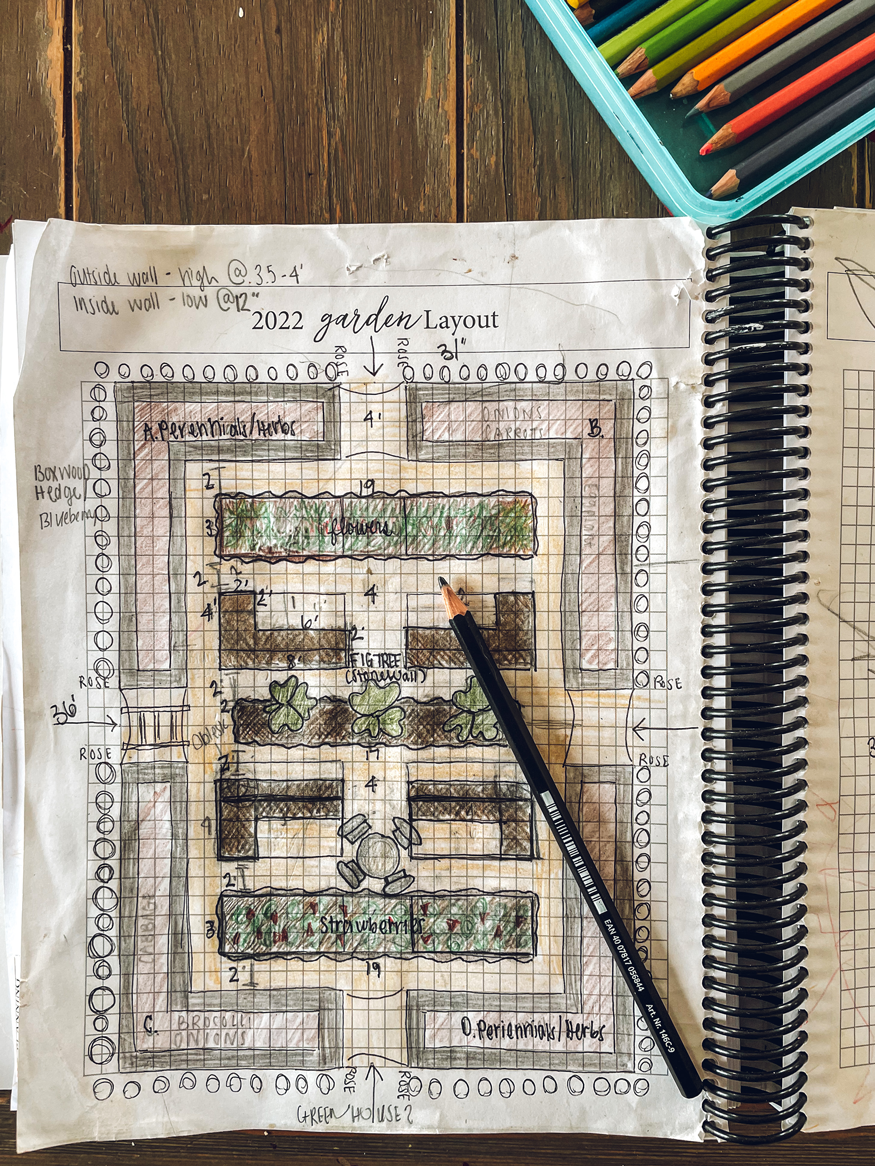
Designing a Potager Garden: A curated garden design for flowers, herbs, and vegetables.
Spring is amongst us, and it is about the time people are itching to get their hands in the dirt, creating
and cultivating the earth.
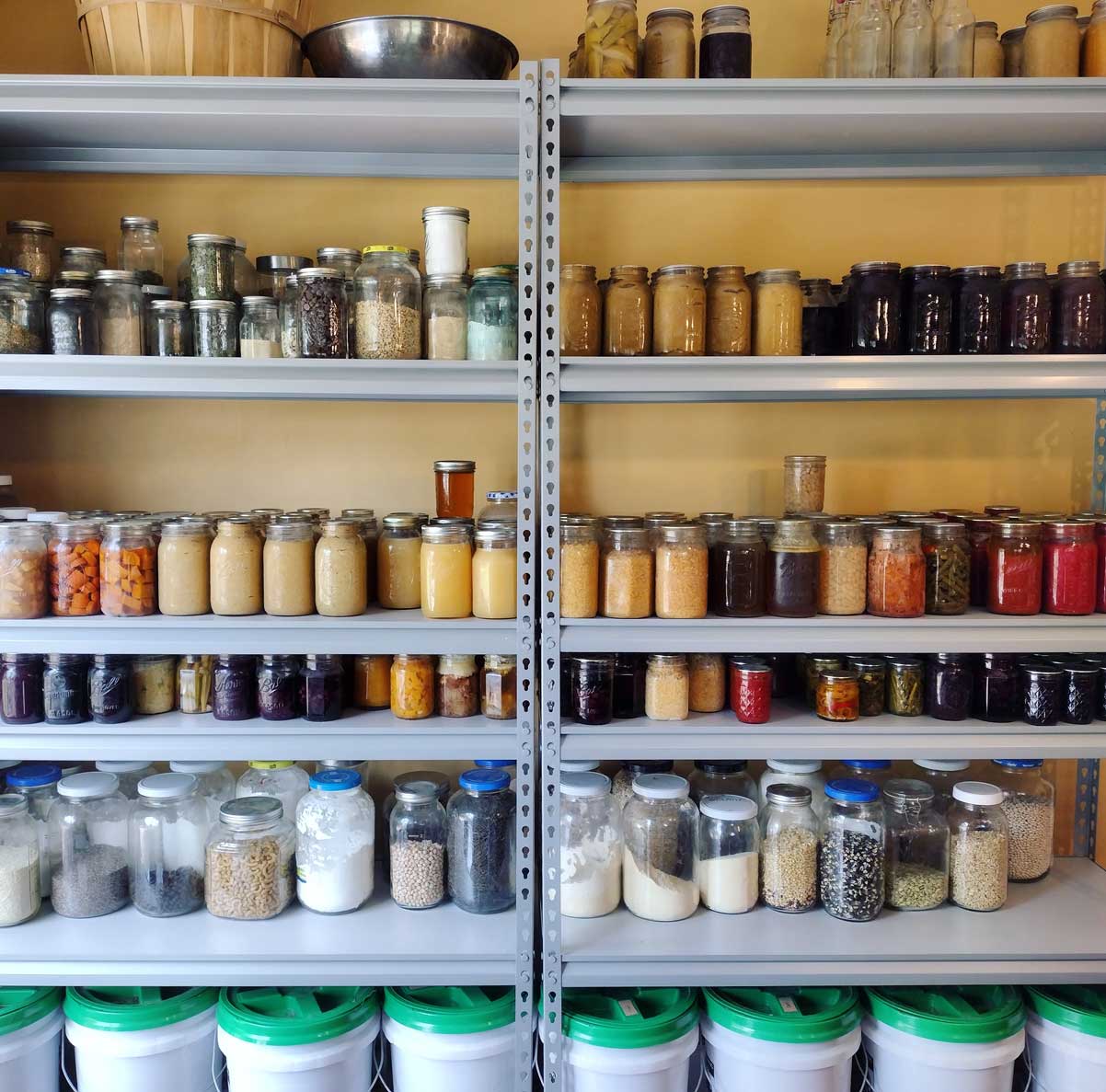
Tips for the New Canner
Hey, Homestead Mamas! It’s Jessica here from Three Rivers Homestead and this month I would love to talk to you about food preservation. August is the month when the harvests are plentiful for most gardeners, and if you aren’t growing the food yourself, you can typically find bulk local produce for great prices through local farmers.
The next question becomes – “How should I preserve all of this beautiful produce?”…
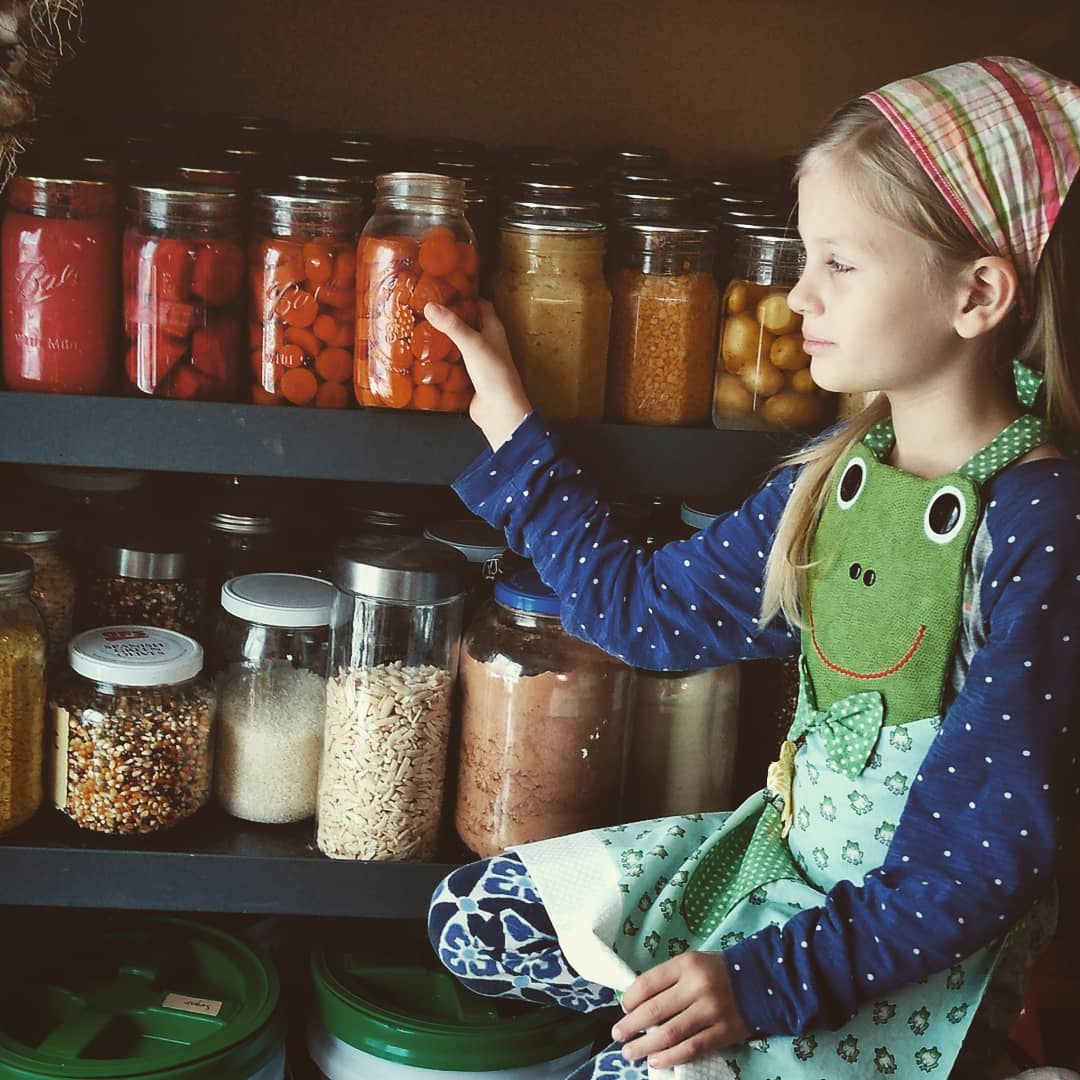
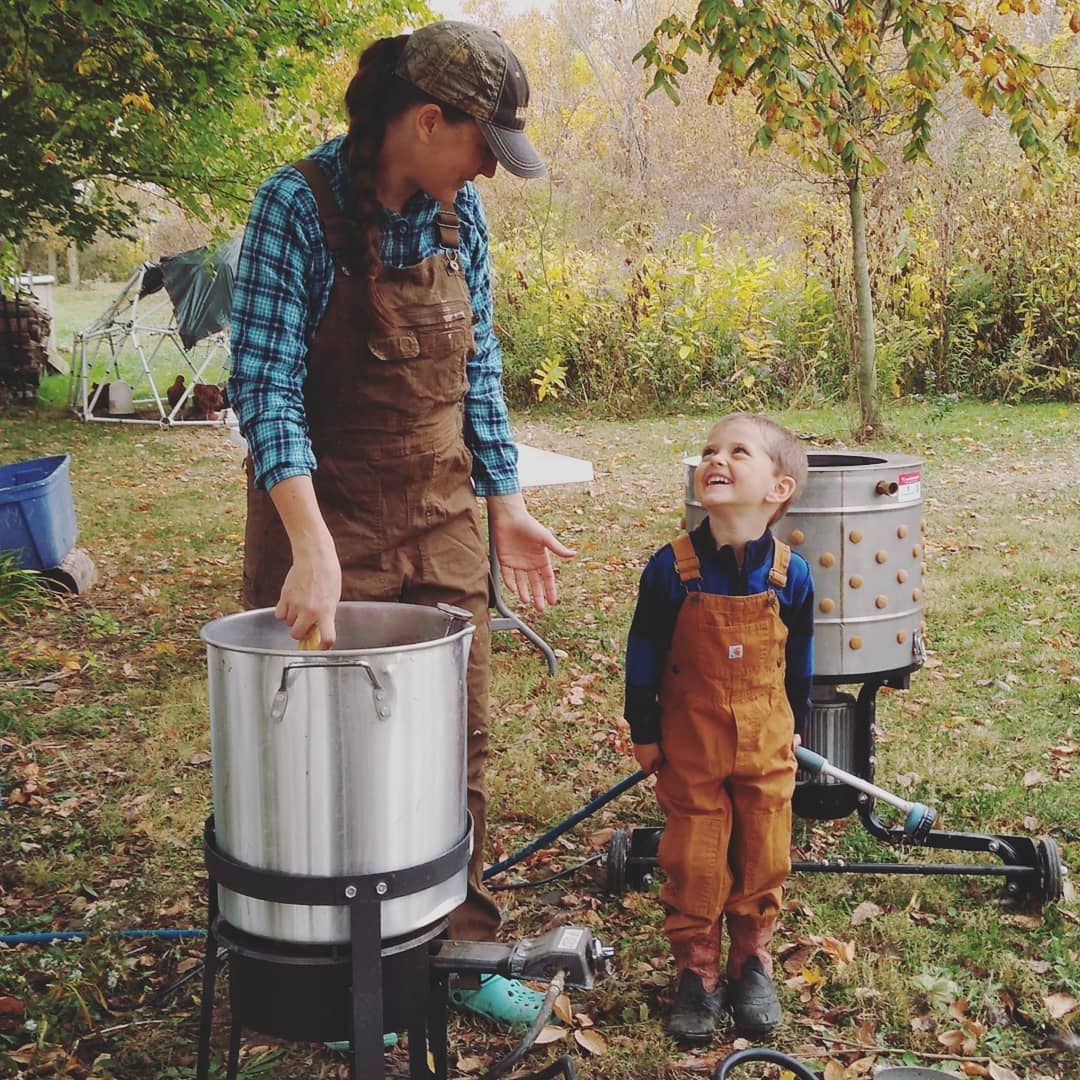

When we first moved to our off grid home in Canada’s Northwest Territories, we had no idea how to apply our idea of “homesteading” to this seemingly barren and extremely remote area. And honestly, as a career financial advisor, most of what I knew about homesteading came from books….
